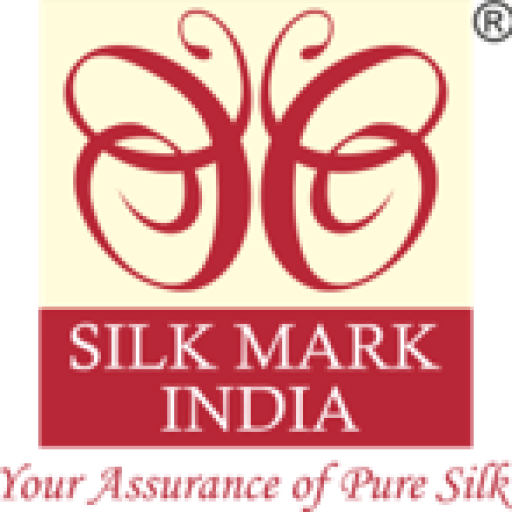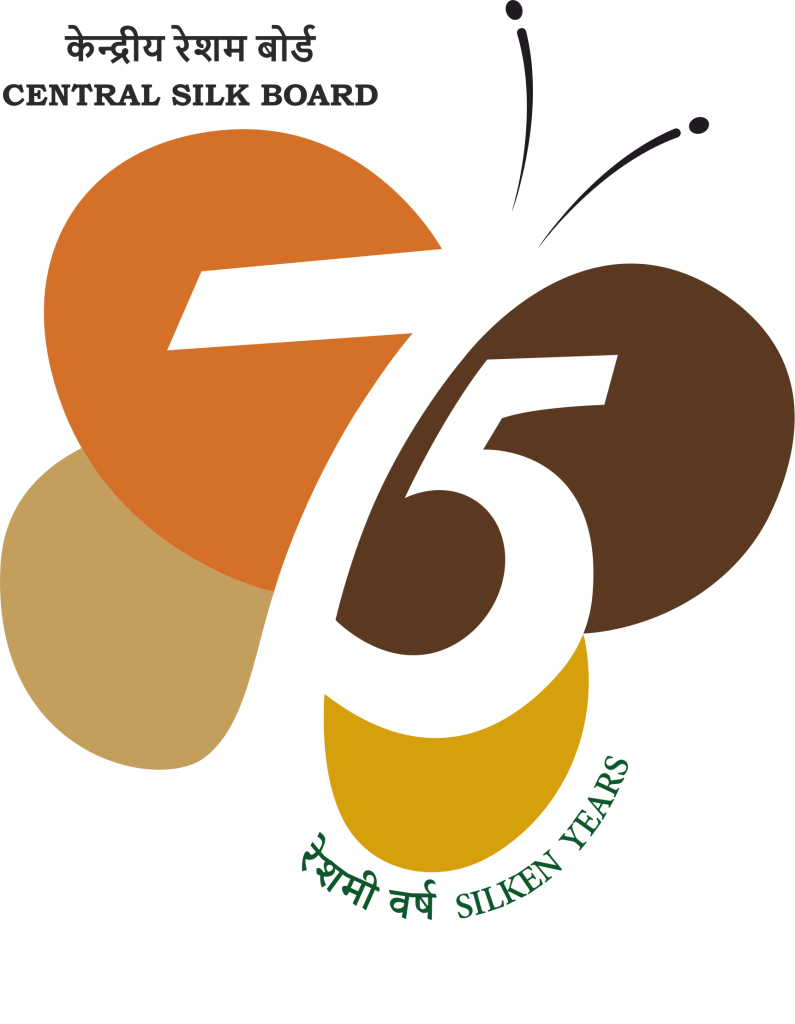The Chinese were the first to create silk under the tutelage of their Queen, who discovered the fabric when she accidentally dropped a silkworm cocoon in her steaming pot of jasmine tea. The first length of silk is said to be created as early as 6000 B.C. and since then, people from all across the globe have been captivated by the wondrous sheen and texture of the material. Having opened eyes to a new market, the Chinese also actively utilized their silk route as a conduit of cultural transmission, regularly linking traders, merchants, pilgrims, monks, urban dwellers and adventurers moving from China to the Mediterranean Sea.
Much like the rest of the world, India too became quite obsessed with silk. Today, silk continues to be one of the most popular materials worn across the subcontinent. In Indian religion and culture, silk has acquired a place of inviolable dignity. Some sacred Hindu rituals and ceremonies can�t be performed without white silk dhotis. Christian and Muslim weddings often present the bride (and family) with heavy silk saris as compliments. Ranging from the brocades of Banaras to the ikats of Orissa, from the patolas of Gujarat to the bandhej of Kutch, not forgetting the great Kancheepuram temple silks of Tamil Nadu, or the intricately poetic Paithani from Maharashtra, India has a place for itself in the silk world.
Within India, all varieties of commercially produced silk, mainly Mulberry, Tassar and Eri, are available. The protein filament that is secreted by silkworm caterpillars, are known for their natural sheen and inherent affinity for rich colours. It is light weight, a poor heat conductor, has low static current generation, is resilient and drapes excellently, making it a designers� dream.
However, the biggest issue that most consumers face is whether the silk that we purchase is indeed genuine silk. In India, the Silk Mark Organisation of India certifies the authenticity of silk with a guaranteed label on the silk product, proving its quality. In addition, consumers are encouraged to test the genuineness of the material at any Silk Mark Chapter completely free of cost. SMOI insists that retailers and showrooms carry the authentic material with the label proving the quality of the silk, in order to avoid any legal disputes that may arise as a result of selling non-silk products as genuine silk products. If SMOI finds that a product that is not pure silk has been sold as 100% natural silk, it initiates action under the User Agreement leading to termination of membership.
Despite the Silk Mark scheme only entering its fifth year of service, as compared to the 45-year old WoolMark, the organization hopes to establish noted credibility among customers and enroll more authorised retailers from across the country.


